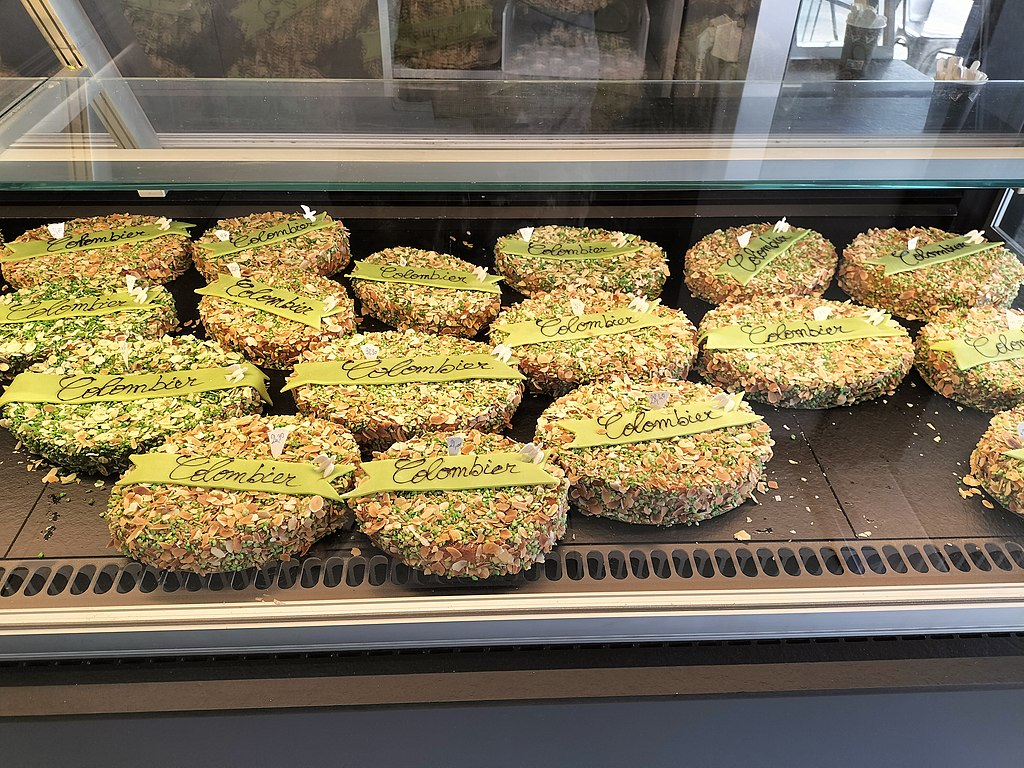Humans have been interested in echinoid fossils (the fossilised remains of sea urchins) for millennia, considering them lucky and imbuing them with magical powers linked to their deities
A folk tradition in Denmark and southern England imagined sea urchin fossils to be thunderbolts, able to ward off harm by lightning or by witchcraft, as an apotropaic symbol. Another version supposed they were petrified eggs of snakes, able to protect against heart and liver disease, poisons, an
Dovecote cake and the founding myth of Marseille
In Marseille tradition, the dovecote is a cake offered by pastry chefs at the time of Pentecost: cake made from almonds and melon, covered with sugar, generously colored, flavored with kirsch and inside is hidden a dove. This oval-shaped cake is adorned with a strip of marzipan on which is
No proof for the need of zinc in human cells was shown until the late 1930s where its presence was demonstrated in carbonic anhydrase and the 1960s where it was identified as a necessary element for humans
Zinc was identified to be essential in fungal growth of yeast as shown by Jules Raulin in 1869 yet no proof for the need of zinc in human cells was shown until the late 1930s where its presence was demonstrated in carbonic anhydrase and the 1960s where it was ident



